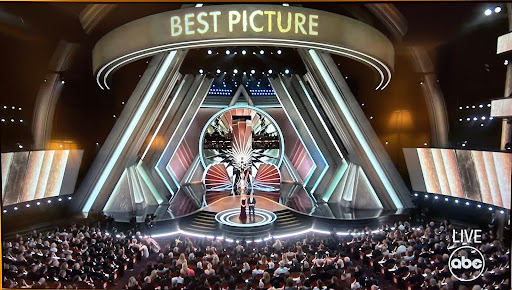Wonder Woman leaves audience wonderstruck
Wonder Woman (Gal Gadot) emerges from the trenches to fight in the new major motion picture
Late 2016 and early 2017, DC Comics had been struggling to push out movies that people would like. Of course many serious DC fans would go to any production the company put on, movies like “Batman V Superman: Dawn of Justice” and even “Suicide Squad” often fell on deaf ears for critics and the general viewing audience, and became box office flops compared to some of the company’s greatest successes. Though, there was one thing that audiences and critics could agree on: That they needed more of “Wonder Woman”. “Wonder Woman” had made a cameo in “Batman v Superman”, and many critics adored it. As The New Paper critic Jonathan Roberts stated on Rotten Tomatoes, “Go for the Afleck, stay for the Gadot”.
It was clear that people wanted to see more of Gal Gadot as Wonder Woman, so it was no surprise when “Wonder Woman” lit up the box office upon it’s release, grossing over $100,000,000 in its first opening weekend, and over a total of $412,000,000 since October fifth. “Wonder Woman” is just the success DC Comics was looking for, and with the release of the Justice League set only a month away on November 17, 2017, DC will most likely be back to creating superhero movies that audiences adore.
“An Amazon princess (Gal Gadot) finds her idyllic life on an island occupied only by female warriors interrupted when a pilot (Chris Pine) crash-lands nearby. After rescuing him, she learns that World War I is engulfing the planet, and vows to use her superpowers to restore peace.” That is the synopsis given by Rotten Tomatoes. Rather than pop out at you, it seems more like a basic superhero storyline. So what made “Wonder Woman” so unique? It’s a combination of the witty dialogue, excellent score, and dazzling fight scenes. DC Comics tends to take a more serious route with their movies, like with many Batman movies, but in “Wonder Woman” there were many comical aspects that made many characters, especially Diana, more likeable. The score actually contributes to the story in one way in particular: by assisting the fight scenes. The score portrays the emotions Diana has to go through in a battle, from overcoming her challenges (both physical and emotional) through her theme music to intensifying at peak moment with a tune that makes a person feel as if they are right next to Diana winning the battle with her.
These fight scenes are also not to be forgotten; the way they portray the Amazonians with brute strength yet graceful acrobatics is a technique few fight choreographers have gotten right in movies prior. One thing that many loved about this movie is that the film rarely focused on the fact that Diana was a woman; it didn’t point out that she was more special that other superheros because she was a girl. Instead, she was just a superhero who could kick butt and save the world while also being a female, something that needs to be seen more in films with a strong female lead. In the end, “Wonder Woman” crushed box offices with it’s smashing success, and is a unique superhero movie that will most likely go down in the books with those like “The Dark Knight”, “Guardians of the Galaxy”, and even the “Avengers”.




